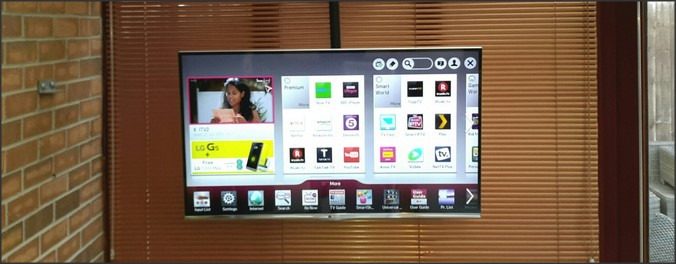
How Multipoint TV Systems Work: Exploring the Benefits and Drawbacks of This Technology
Multipoint TV systems are a type of technology that allow multiple users to access the same television signal from a single source. This technology has been around for decades, but has become increasingly popular in recent years due to its convenience and cost-effectiveness. In this article, we will explore the benefits and drawbacks of multipoint TV systems, and how they work.
The primary benefit of multipoint TV systems is that they allow multiple users to access the same television signal from a single source. This eliminates the need for multiple receivers and antennas, which can be costly and difficult to install. Additionally, multipoint TV systems are more reliable than traditional systems, as they are less prone to interference and signal loss.
Another benefit of multipoint TV systems is that they are more energy efficient than traditional systems. This is because they require fewer components, which reduces the amount of electricity needed to power them. Additionally, multipoint TV systems are more secure than traditional systems, as they are less vulnerable to hacking and other forms of interference.
Despite the many benefits of multipoint TV systems, there are also some drawbacks. One of the main drawbacks is that they are not compatible with all types of television signals. Additionally, multipoint TV systems are more expensive than traditional systems, as they require more components and installation costs. Finally, multipoint TV systems are not as reliable as traditional systems, as they are more prone to interference and signal loss.
So, how do multipoint TV systems work? Essentially, they use a single transmitter to send a signal to multiple receivers. The receivers then decode the signal and display it on the television. This allows multiple users to access the same signal from a single source.
In conclusion, multipoint TV systems offer many benefits, such as convenience, cost-effectiveness, energy efficiency, and security. However, they also have some drawbacks, such as incompatibility with certain signals, higher costs, and lower reliability. Ultimately, whether or not multipoint TV systems are right for you will depend on your individual needs and budget.
The Future of Multipoint TV: What to Expect from This Growing Technology
The future of multipoint TV technology is an exciting one. This technology is rapidly evolving and is becoming increasingly popular among consumers. Multipoint TV is a type of television service that allows multiple users to access the same content from different locations. This technology has the potential to revolutionize the way people watch television, providing a more interactive and personalized experience.
In the near future, multipoint TV technology is expected to become even more advanced. This technology will allow users to access content from multiple devices, such as smartphones, tablets, and computers. This will make it easier for users to watch their favorite shows and movies on the go. Additionally, users will be able to access content from multiple sources, such as streaming services, cable providers, and even local broadcast networks.
Another major advancement in multipoint TV technology is the introduction of virtual reality (VR). This technology will allow users to experience television in a completely new way. With VR, users will be able to immerse themselves in the content they are watching, creating a more engaging and interactive experience.
In addition to these advancements, multipoint TV technology is also expected to become more affordable. This will make it easier for more people to access this technology and enjoy its benefits. Additionally, the technology is expected to become more user-friendly, making it easier for users to navigate and access content.
Overall, the future of multipoint TV technology looks very promising. This technology has the potential to revolutionize the way people watch television, providing a more interactive and personalized experience. As the technology continues to evolve, it is expected to become more affordable and user-friendly, making it accessible to more people. With these advancements, multipoint TV technology is sure to become an even more popular choice for consumers in the future.

